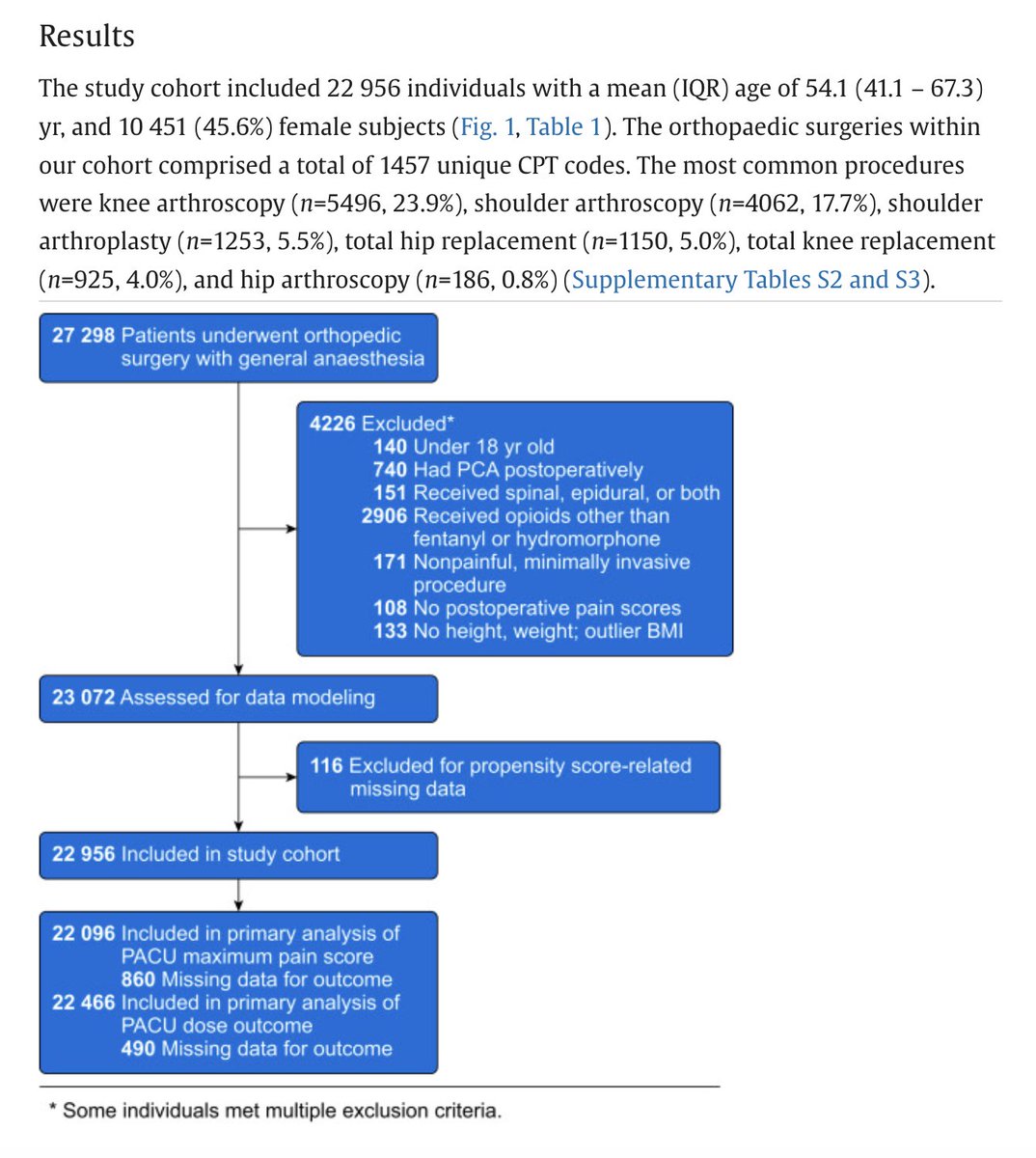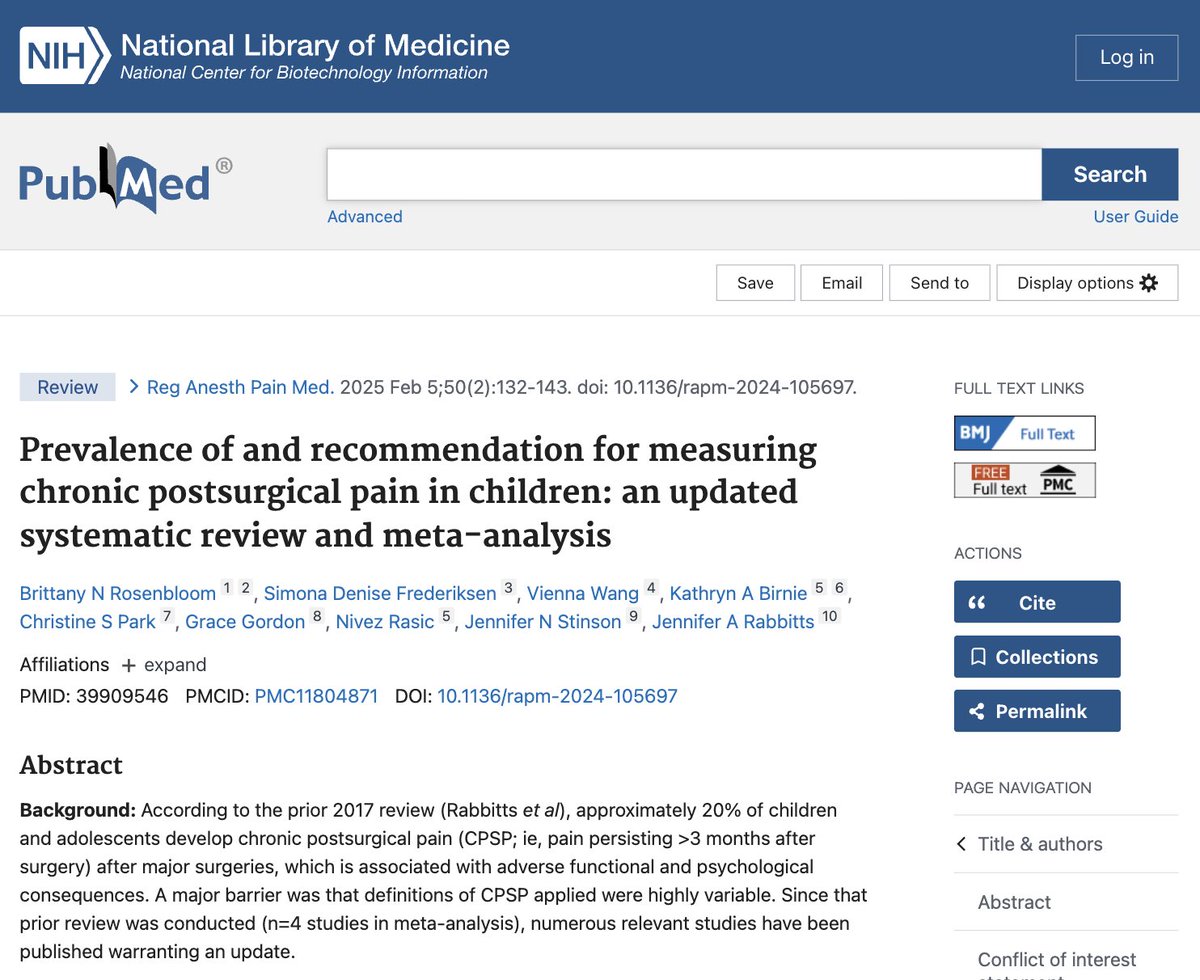
Stanford Anesthesiology
@stanfordanes
Providing compassionate, equitable, sustainable, patient-centered care, developing future leaders, and stimulating discoveries that transform the field.
New study finds adolescents’ body mindsets shape how they cope with chronic pain. Viewing the body as capable predicted greater activity engagement. Seeing it as an adversary predicted lower pain willingness. Read on: bit.ly/4o4jgeX

Nerve blocks reduce pain after surgery, but a new study shows they may lead to 23% more opioid use later. Better pain management needed to prevent rebound pain. Full study: bit.ly/4kRAR72

New evidence suggests that nearly 1 in 3 children experience chronic postsurgical pain (CPSP), a higher prevalence than previously reported, underscoring its significant and often underestimated burden. bit.ly/4nSWGG2 @katebirnie @DrJenStinson @JARabbitts

Latest from our VA-based team: Optimal multimodal analgesia combinations to reduce pain and opioid use following non-cardiac surgery: an instrumental variable analysis. rapm.bmj.com/content/early/… @lagrahamepi, @sherrywren @stanfordanes @EMARIANOMD #opioids
The structure and design of the paired period during anesthesiology residency differs across programs. To date, there have been no systematic efforts to standardize this process. Learn more: ow.ly/WKOr50Wjlr5 @AbigailSchirmer @UFAnesthesia @NatalieKoons @stanfordanes